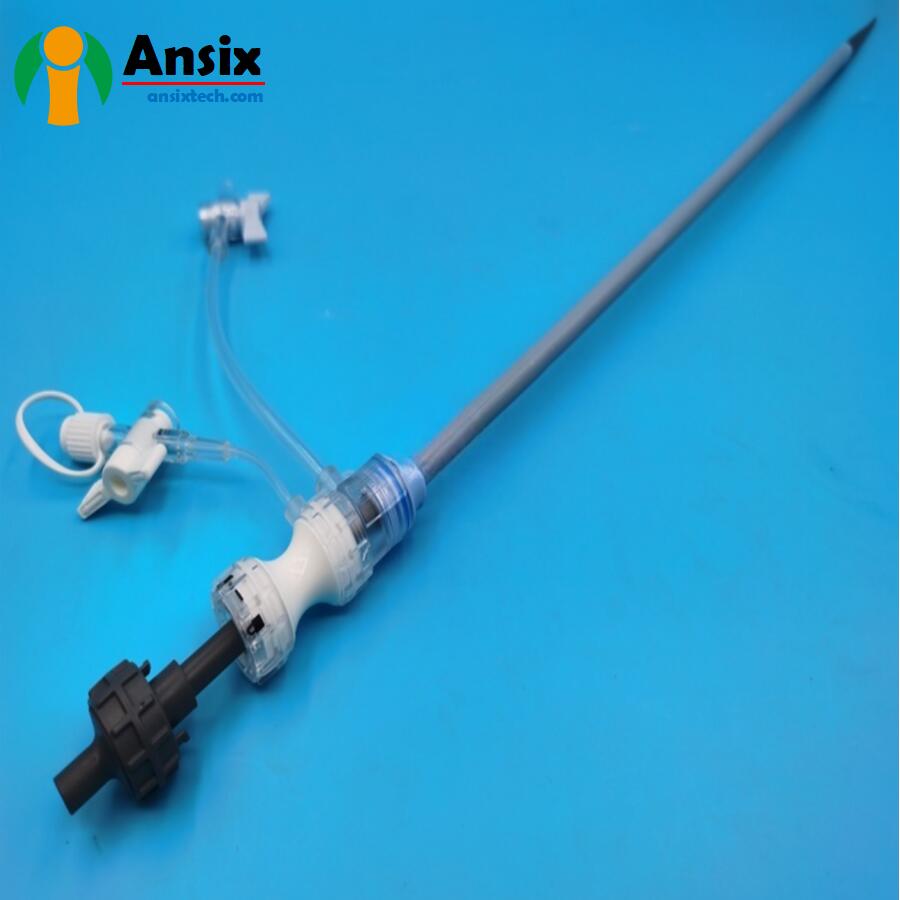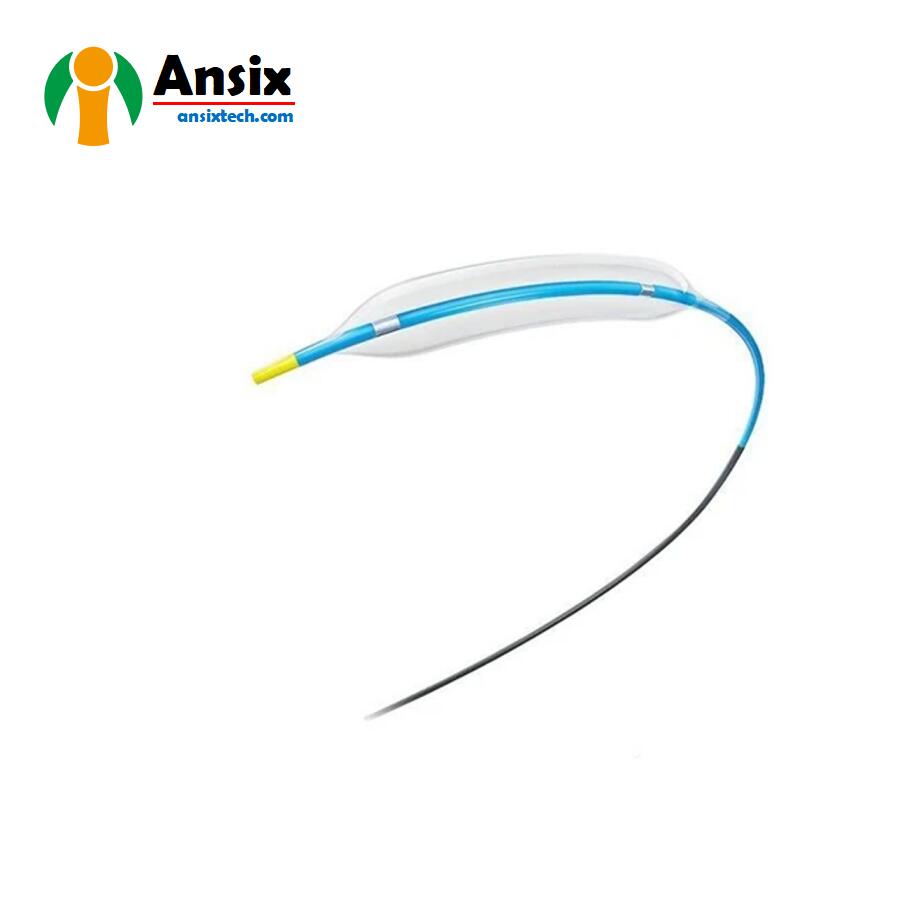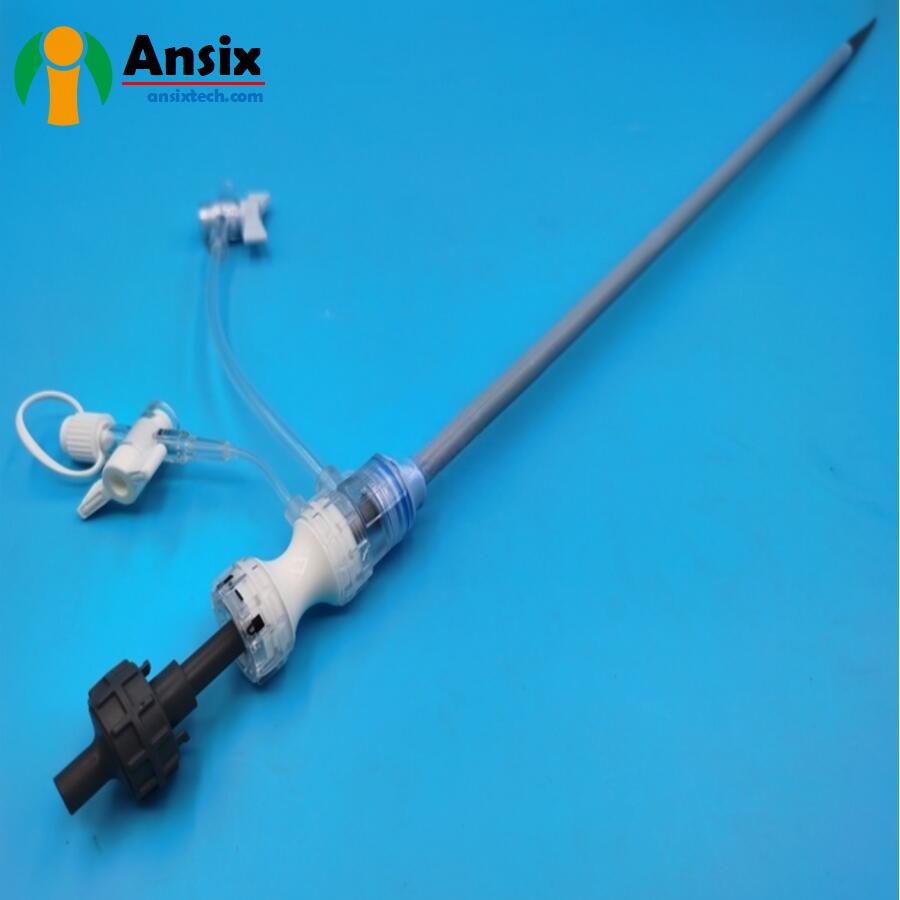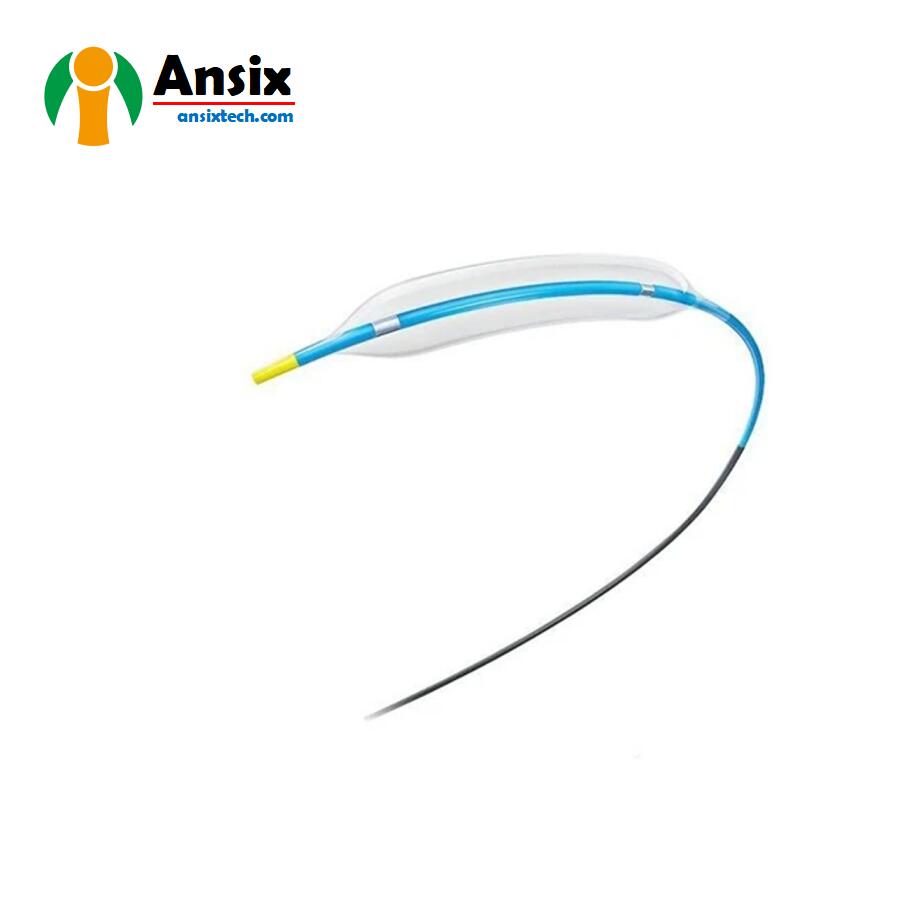Complex Catheters
FEATURES

- Medical Complex Catheters
Material selection and coating technology: Material selection and coating technology for complex catheters are very important to ensure good biocompatibility, abrasion resistance, and chemical resistance. Material selection and coating technology can be optimized based on specific application needs.3D printing technology: 3D printing technology can be used to manufacture specific parts of complex catheters or entire catheters. This technology enables highly personalized and customized catheter design and manufacturing.Precision processing technology: The manufacturing of complex catheters usually requires precision processing technology, such as micromachining, laser cutting, etc. These technologies enable high precision and complex structures of catheters.The goal of complex catheter development technology is to design and manufacture catheters with complex structures and functions to meet specific medical needs. The application of these technologies can help doctors achieve more precise and effective treatment and diagnostic operations. Specific technology selection and development processes should be determined based on medical needs, safety requirements, and feasibility.Our technical team draws on our vertically integrated capabilities in materials, extrusion, balloon-forming, molding, and secondary operations to deliver complex catheter-based devices.
- Medical Catheter Capabilities
A catheter is a tubular device used to transport liquids, gases, or other substances and serves a variety of functions. Here are some common catheter functions:Infusion and blood transfusion: Catheters can be used to deliver fluids and blood, such as intravenous catheters and arterial catheters. They can deliver drugs, nutritional solutions, plasma, etc. into patients.Drainage and excretion: Catheters can be used to drain and excrete fluids or gases in the body, such as chest drainage tubes, gastrointestinal drainage tubes, urinary catheters, etc. They can help remove accumulated fluid or gas from the body.Monitoring and measurement: Catheters can be used to monitor and measure physiological parameters, such as blood pressure catheters, electrocardiogram catheters, body temperature catheters, etc. They can provide real-time physiological data to help doctors assess a patient’s condition.Treatment and surgery: Catheters can be used for treatment and surgical procedures, such as catheter insertion, interventional surgery, etc. They help doctors perform precise treatments and operations.Inspection and diagnosis: Catheters can be used for inspection and diagnosis, such as endoscopic catheters, angiography catheters, etc. They help doctors see and evaluate lesions or abnormalities in the body.Support and assistance: Catheters can be used to provide support and auxiliary functions, such as ventilator catheters, cardiac assist device catheters, etc. They can help maintain vital functions and improve patients’ quality of life.In general, catheters have multiple functions such as infusion, drainage, monitoring, treatment, examination, and support. They play an important role in the medical field, helping doctors to treat, diagnose and monitor, and provide effective medical care. Specific catheter features will vary based on individual application needs and patient circumstances. 
- Steerable catheters/sheaths, Electrical component integration/on-board electronics, Precision wire assembly, Lumens in the wallVariable-durometer jackets, Variable-density (PPI) braiding, Variable-pitch coiling, Braid-to-coil transitions, Hybrid braid/coil constructions, Embedded structural wires, Overmolding/molded components, Adhesive bonding, RF welding/tipping, Thin-walled fused joints, Hole drilling, Tube slitting, Centerless OD grinding, Laser marking, Marker bandsDilator and catheter tippingCatheters have a wide range of applications in the medical field. Here are some common catheter applications:Intravenous catheter: Intravenous catheter is used for infusion, blood transfusion, drug administration and monitoring of patient’s blood parameters, such as central venous catheter, peripheral venous catheter, etc.Arterial catheter: Arterial catheter is used to monitor the patient’s arterial blood pressure and blood oxygen saturation, such as arterial catheter, arterial cannulation, etc.Urinary catheter: A urinary catheter is used to drain and excrete urine, such as a urinary catheter.Gastrointestinal catheter: Gastrointestinal catheter is used for drainage of gastrointestinal fluid, nutritional support and gastrointestinal examination, such as gastric tube, intestinal tube, etc.Breathing tube: Breathing tube is used to assist breathing and airway management, such as endotracheal intubation, tracheostomy tube, etc.Drainage catheter: Drainage catheter is used to drain fluid or gas, such as chest drainage tube, bile duct drainage tube, etc.Heart catheter: Heart catheter is used for heart monitoring and treatment, such as cardiac radiofrequency catheter, pacemaker catheter, etc.Nerve catheters: Nerve catheters are used for neurological monitoring and treatment, such as ventricular drainage tubes, EEG catheters, etc.Contrast catheter: Contrast catheter is used for angiography and interventional procedures, such as angiography catheter, cardiac catheter, etc.Endoscopic catheter: Endoscopic catheter is used for endoscopic examination and treatment, such as gastroscopy, enteroscopy, bronchoscopy, etc.The applications of these catheters cover many fields such as infusion, drainage, monitoring, treatment, examination and diagnosis. Catheters play an important role in medical treatment, helping doctors perform treatment, diagnosis and monitoring, and providing effective medical care. Specific catheter applications will vary depending on the disease, procedure, and patient profile. If you have any questions about products in the medical field, please send us a message(Email: info@ansixtech.com ) at any time and our team will reply to you within 12 hours.



